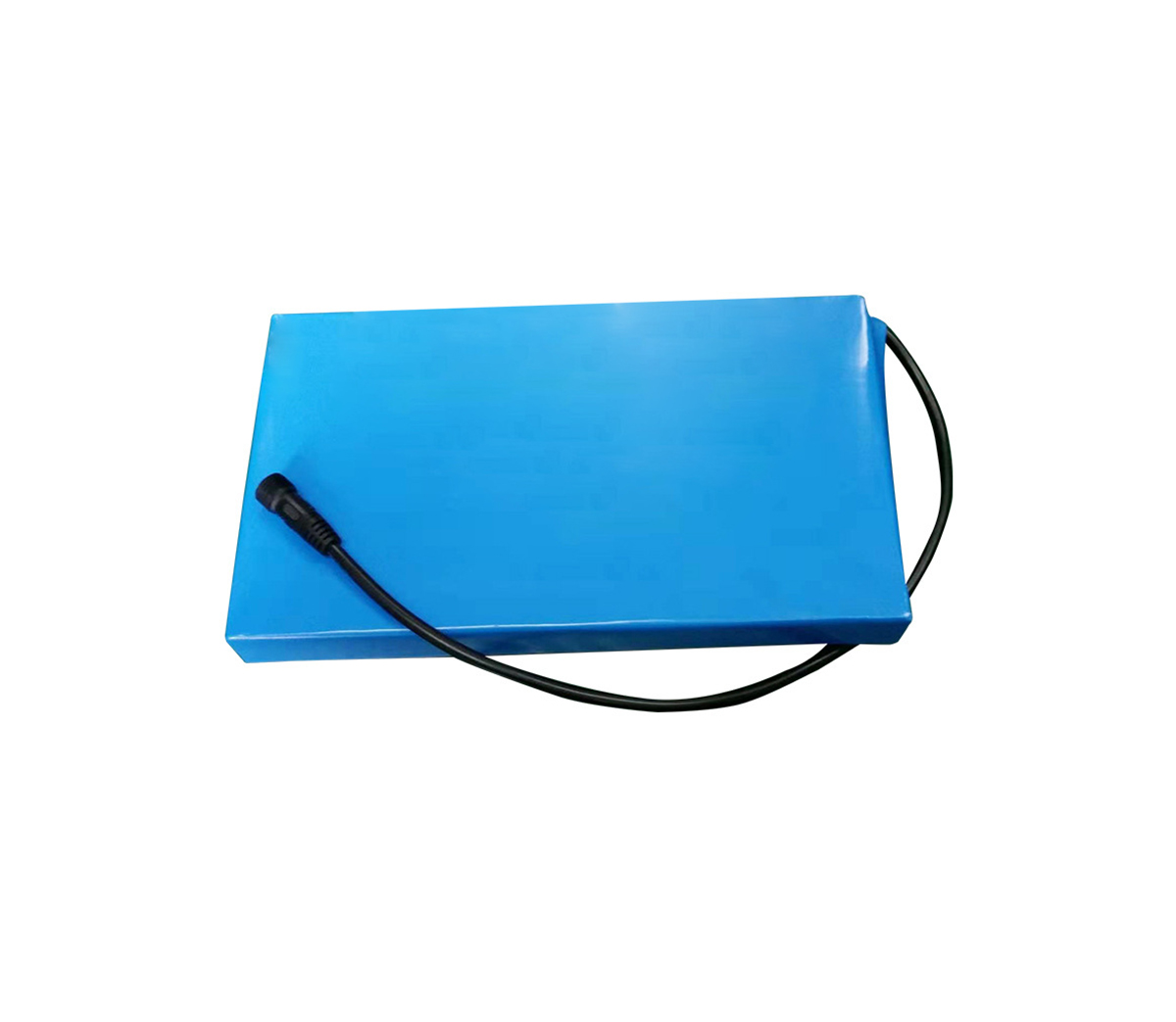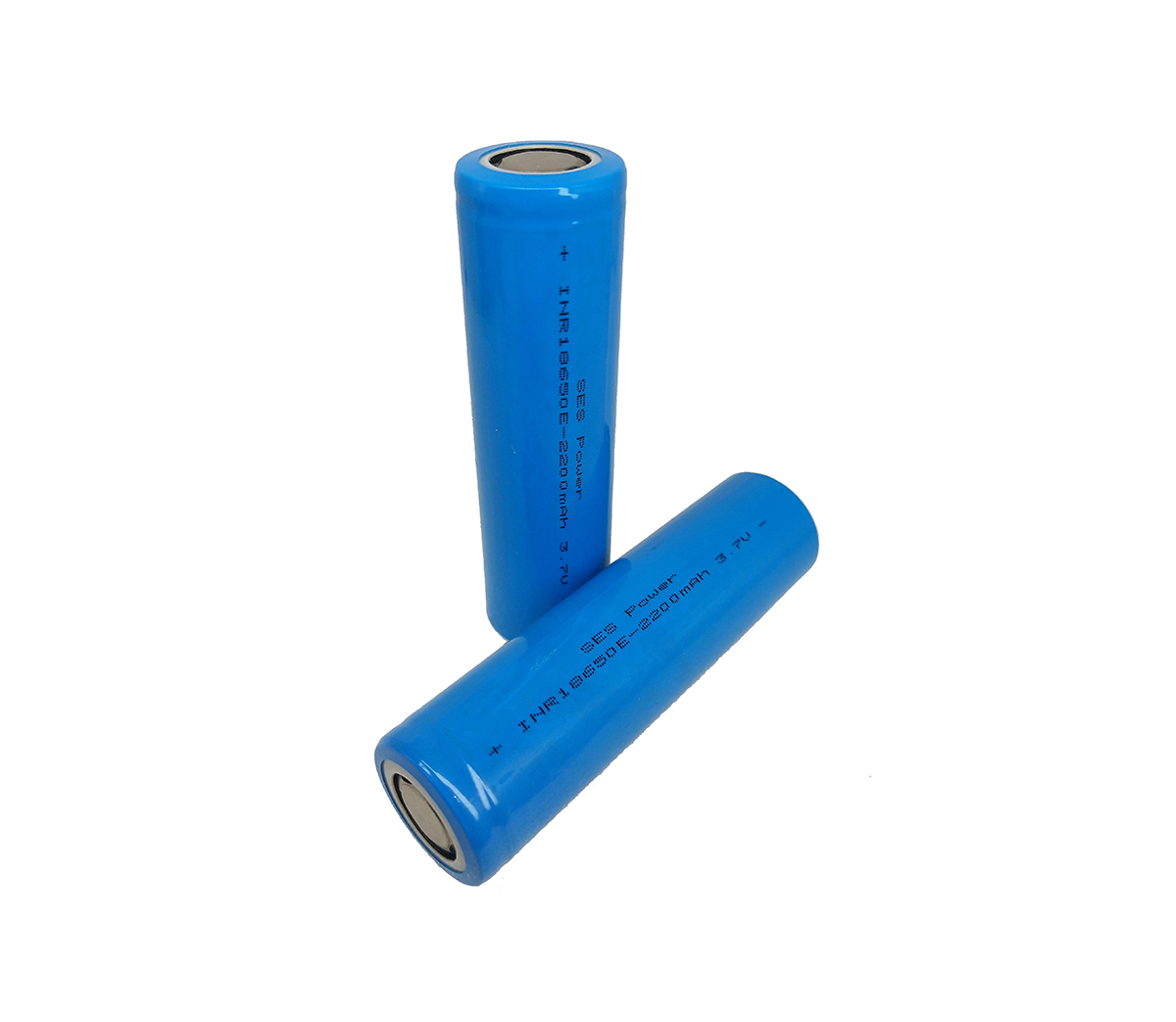Professor Qilu of Peking University: Lithium battery, the future technology
direction of power battery
The future direction of power batteries is high-power lithium batteries
that use multiple metal oxide cathode materials for hybrid vehicles. In pure
electric vehicles, the direction should be spinel lithium manganate.
A few days ago, our reporter interviewed Professor Qi Lu, a doctoral
supervisor of the New Energy Materials and Technology Laboratory of Peking
University. He had different views on lithium batteries and believed that "the
future technology direction of power batteries is still lithium batteries." Push
this article today, trying to present another voice.webcam factory
Qilu
Professor Qi Lu, a doctoral supervisor of the Laboratory of New Energy
Materials and Technology, Peking University
The future technology direction is still lithium batteries
China Energy News: What do you think is the development direction of power
batteries in the future? With the explosive growth of power batteries, its
recycling has also been put on the national agenda.
Qilu: In the future, the direction of power batteries is high-power lithium
batteries that use multiple metal oxide cathode materials for hybrid vehicles.
In pure electric vehicles, the direction should be spinel lithium manganate.
Japanese pure electric vehicles use lithium manganese oxide material. The reason
why it is called spinel is because lithium manganese oxide has different
voltages and different structures, and there are differences in naming. We have
been tracking spinel’s lithium manganese oxide technology for more than 20
years. From the first generation to the second generation to the third
generation of lithium batteries will be the future power generation and will
continue to be introduced to the market, such as those used in the Olympics and
World Expos. This is the technology.
In addition, lithium-air batteries are also under constant research. The
future direction of batteries is still in the lithium battery circle, whether it
is lithium as a positive electrode or a negative electrode.
After the power battery is used in electric vehicles, it can be recycled
for energy storage and then used as a resource. For example, hundreds of
electric buses put into operation in the Olympics will be used for wind power
and photovoltaic energy storage after three years of operation. Finally, it is
recycled as a material for reuse.
China Energy News: Graphene is very hot now, but many people think that
graphene is impractical.
Qilu: Graphene is a new material discovered in this century and has good
physical conductivity. It is reported that the graphene battery can travel 1,000
kilometers in 8 minutes. It can be charged in 8 minutes, and today's
multi-element positive electrode metal composite oxide batteries can also be
charged, probably at a rate of 10C. From a material point of view, graphene has
good electrical conductivity, but is the concept the same if it is derived from
the material to the battery and then to the electric vehicle?
What does 10C magnification mean? Usually, a car needs at least 15
kilowatts and 20 kilowatts of batteries to travel 100 kilometers. If you want to
travel 1,000 kilometers, you need a few hundred kilowatts of batteries. If you
use 10C to charge, how much power is it? Today's urban power grids simply cannot
do this. Although technically feasible, it is impossible in practice. For
electric vehicles, you can’t just look at the mileage. What's the point if a car
is fully loaded with batteries and no people? The use of a single-volume or
unit-weight battery can drive a certain weight of electric vehicles or energy
density to describe the advanced nature of electric vehicles.
Power battery performance and quality need to be improved
China Energy News: You are the main founder of my country's lithium cobalt
oxide and lithium manganese oxide battery cathode materials, and you are
responsible for the power battery project for electric vehicles in the 2008
Olympic Games and the 2010 World Expo and the national "Eleventh Five-Year Plan"
863 electric vehicle power lithium battery project people. After years of
development, what is the current status of China's power batteries?
Qilu: After I returned to China in 2000, I quickly built China's first
lithium cobalt oxide production line. It took about a year to achieve a zero
breakthrough in China's lithium cobalt oxide production. After that, we
developed and produced two major types of lithium batteries, one is a
high-capacity lithium manganese battery, and the other is a high-power
multi-metal oxide composite lithium battery. During and after the Beijing
Olympics, the safe and efficient operation of 50 electric vehicles and hundreds
of hybrid buses was ensured.
Now the cost of lithium batteries has dropped sharply. Ten years ago,
China’s lithium battery separator cost 30 to 40 yuan per square meter. Now both
the positive electrode material and the negative electrode material of the
lithium battery are very cheap. It is said that some separator battery
manufacturers have achieved two Three dollars. With the rapid development of
lithium batteries, safety issues such as battery explosions have also been
exposed. Lithium batteries need to be made smaller, lighter, safer, more
reliable, and cheaper in the next few years, and the battery technology for the
entire vehicle also needs to catch up. I hope that the entire industry can make
lithium batteries stronger and bigger, instead of mentioning that made in China
is synonymous with low-quality and cheap products.
China Energy News: The Ministry of Industry and Information Technology has
suspended the use of ternary lithium batteries for passenger cars. What do you
think about this?
Qilu: This is a bit extreme and one-sided. I have said in 10 years that
ternary lithium batteries are not suitable for pure electric vehicles, but they
can be used in hybrid electric vehicles. In the test, the heat of the ternary
lithium battery cannot be quickly released during rapid charging, which
increases the possibility of explosion.
China Energy News: What about the current lithium iron phosphate
technology?
Qilu: Lithium iron phosphate technology has no future. Five years ago,
lithium iron phosphate batteries accounted for the vast majority of the market,
and ternary lithium batteries have increased rapidly in the past two years. But
the former has poor lifespan, poor safety, large volume, low energy density, and
performance inferior to ternary lithium batteries.
China Energy News: The executive meeting of the State Council proposed to
achieve a substantial breakthrough in power batteries. The Ministry of Industry
and Information Technology invested 500 million to establish a power battery
research and development platform composed of 9 companies.
Qilu: These 9 companies, except for Tianjin Lishen, are all state-owned
automobile manufacturers. Their specialty is making cars, but breaking through
the battery bottleneck requires basic talents. The accumulation of technology is
not something that can be done simply by spending money.
Focus on energy storage utilization of remote population without
electricity
China Energy News: In terms of energy storage, Japan is at the forefront of
the world. Do you think the government should provide policy or subsidy
support?
Qilu: Although it started early and leads the world in energy storage
technology, in Japan, because its power grid extends to every household,
household photovoltaic power generation is widely used, and the residual
electricity generated can enter the grid at any time. not much. But in China, we
are developing large-scale, centralized clean energy power generation in open
areas such as the wilderness. Due to the intermittent nature of wind and solar,
instantaneous power has a great impact on the grid. In Japan, 80% or more
households have their own roofs, and the impact of household photovoltaic power
generation on the grid is different from that of centralized systems.
For the energy storage industry, policy subsidies should be based on market
behavior. In addition, I hope that the country can support more basic research
and practice the basic skills steadily and conscientiously.
China Energy News: In China, the development of centralized photovoltaics
has an impact on the power grid, and the development of decentralized self-owned
roofs is very rare. How to solve the problem?
Qilu: We are now focusing on the population without electricity in more
remote areas to solve the problem of household energy storage. For example,
about 700,000 Tibetans in Tibet have no access to electricity. The population
without electricity in other remote areas such as Yunnan-Guichuan, Xinjiang,
Inner Mongolia, etc., adds up to a large number.
Three years ago, we carried out photovoltaic power generation + energy
storage experiments in dozens of herders in Erlianhot, Inner Mongolia. The
results showed that in the herdsmen’s homes, in addition to heating electricity,
electricity can be provided for cooking, refrigerators, televisions, electric
welding and cutting, and milking of cows and sheep. Each home is installed with
3-5 kilowatts, 85% of which is subsidized by the local government. Every year,
herders can save more than 10,000 yuan in electricity consumption for diesel
generators, home appliances, and electric motorcycles. The most important thing
is to change the traffic congestion, let them connect the world and understand
information.
Now we and the Nagqu local government in Tibet also have preliminary
cooperation intentions as an important means of poverty alleviation. This is
different from the previous concept of photovoltaic poverty alleviation. In the
past, photovoltaic poverty alleviation funds were concentrated on large-scale
construction, and the money was allocated to power generation companies, but the
nomads were too scattered to really benefit from it.


































